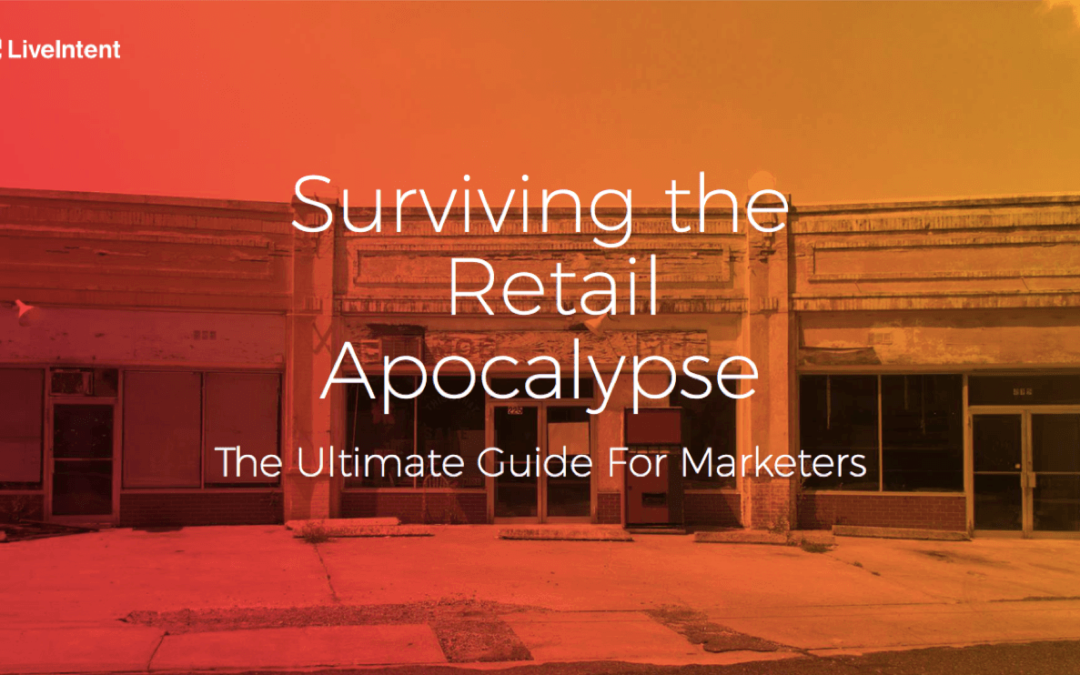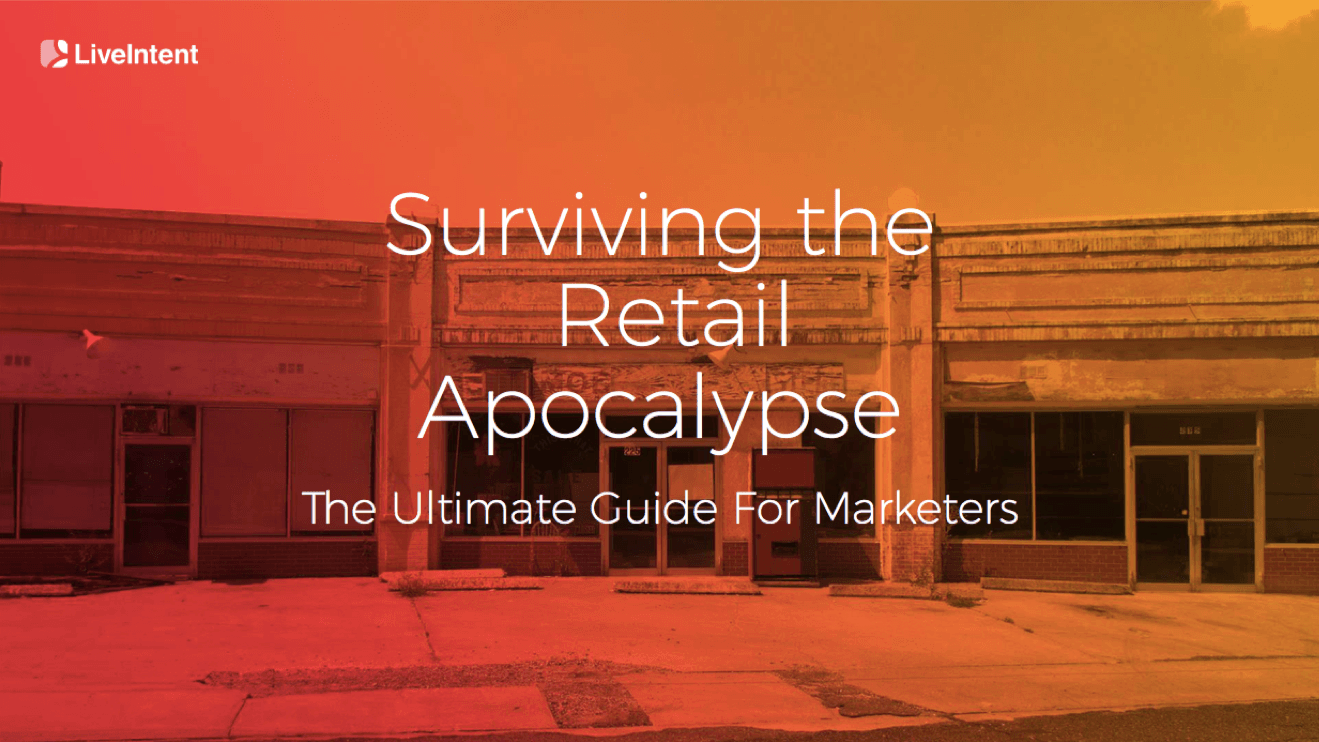If Amazon had a theme song these days, it would be Olivia Newton-John’s catchy 1981 hit, “Physical.”
Sorry about the earwig, but the point is dead on. Amazon has been putting its focus on getting physical, and has moved rapidly into traditional retail – opening brick-and-mortar stores and pop-ups and buying Whole Foods.
But this kind of convergence between online and virtual retailing has actually been happening for years. All retailers are already e-tailers – and the sooner you recognize it, the more quickly you can take advantage.
Changing times
Dozens of other top online retailers have expanded into regular stores as well. And then there are the traditional brick-and-mortar retailers such as Walmart, Target, and others that have established serious online presences. There are even failed retailers that went online only.
About 13% of all retail sales already happens online, as we mention in our new ebook, Surviving the Retail Apocalypse: The Ultimate Guide for Marketeers. But convergence has been a long time coming.
Even for traditional retail, people have been going to the internet and social media for reviews, recommendations, store locations, operating hours, product descriptions, and much more for years. Unless you have a tiny operation that depends completely on local foot traffic, virtual business is inescapable – even if most shopping is still done in stores.
So, why not do the virtual really well and boost your physical success?
Embracing your virtual business
Virtual retailing is much more than just having an ecommerce site.
In Surviving the Retail Apocalypse, we mention that 60% of transactions are digital. That doesn’t necessarily mean completely digital. It simply means that at least part of the purchase process happens online. It might be via apps, search, looking at reviews by other consumers, or researching your product or company.
Customers might look for products online and pick them up at a store or buy virtually and seek service at your locations. Beacons monitor people’s movement through a store by tracking their cell phones and data from those systems can help create an alert when a customer spends time in a particular section but doesn’t buy anything. Automated marketing software could then deliver a follow-up email, possibly with a coupon, to help close a sale.
The trick is knowing throughout all these interactions who the specific customer is and what they expect from the interchange. Luckily, there’s a way to do that.
The power of an email address
A customer’s email address is a basic piece of information that is key to retailers becoming effective omni-tailers.
As something that most consumers willingly provide, email addresses become the connecting point and identifier for identity graphs. These include a host of potential resources: static information like demographics, purchasing and support histories, and behavioral and metadata that help pinpoint the intent and interests of consumers.
Integration of email not only as a direct marketing campaign channel but in a broader sense lets retailers identify people, yes, but within a context. You know where in the purchase process they are, what interests them, and how to respond appropriately at the time.
The worlds of online and brick-and-mortar have finally smacked together because that’s what consumers want and is how they shop. You could try to resist – or you could recognize that virtual marketing, merchandising, and customer interactions are an essential part of the competitive landscape.
If you’re going to be an e-tailer anyway, might as well be a great one. Start here.
The post All Retailers Are Already E-tailers: They Just Don’t Know It Yet appeared first on LiveIntent Blog.


